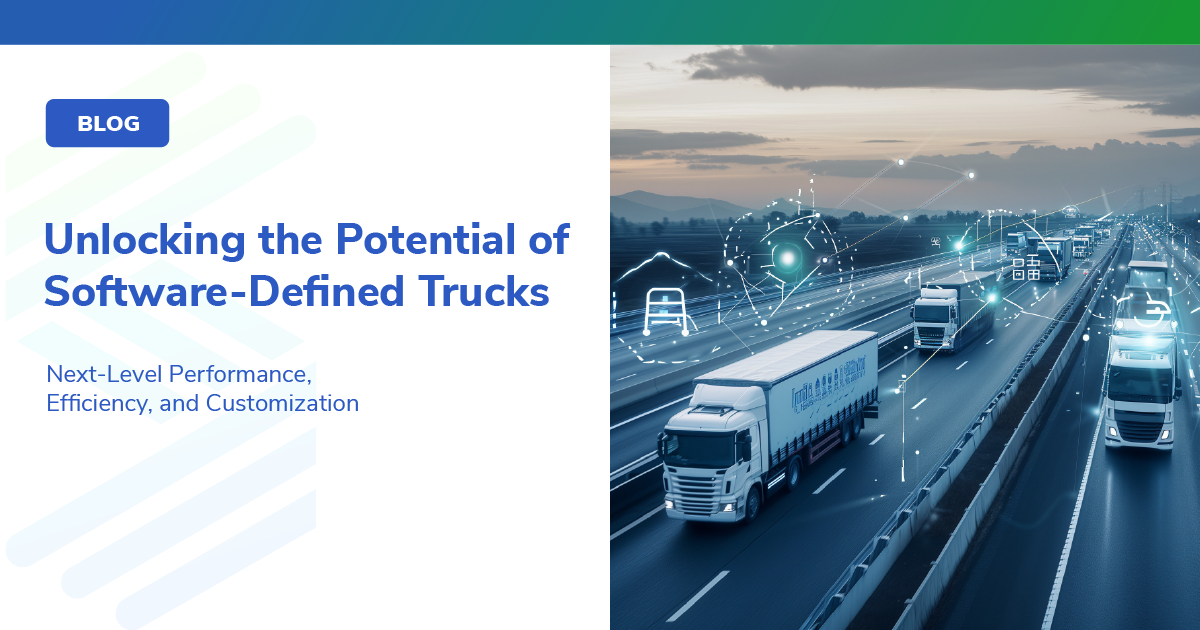
/
June 9, 2023
/
#
Min Read
Auto Tech Investment Tension 4: Lack of Portability & Customer Benefit
With the advent of new automotive technologies and vehicle architectures, OEMs are confronted with novel challenges, particularly when it comes to deciding where and how to invest their funds. In part four of our five part Investment Tensions for Legacy vs New Tech series, we will explore one of the least talked about tensions facing large auto manufacturers: lack of portability and customer benefit.
Feature Redevelopment
Many legacy original equipment manufacturers (OEMs) already have vehicles that provide outstanding customer experiences. This includes everything from connected features to digital and software driven features. However, deciding to invest in disruptive technologies often results in many of these features undergoing a complete re-engineering to ensure compatibility with new electrical architectures.
This is no trivial task considering the plethora of local and international safety, emissions, durability, and other quality benchmarks associated with new software and technologies. Having to achieve compliance in these areas can be a hard pill to swallow, especially when an automaker’s existing vehicles are operating at or beyond customer expectations.
Incompatible Features
Sometimes the new architectures place unanticipated limitations on the customer experience. This is often in part due to a lack of internal communication between electrical engineering departments, software developers, and vehicle line stakeholders. When communication breaks down aspects of design, compatibility, and customer needs inevitably get overlooked.
For example, a certain camera or sensor might enable a particular feature. However, a new architecture might impact where the camera can or cannot be located or the way in which it is supported. Since this feature can no longer be supported, automakers might produce a future vehicle that has fewer features than the one for sale today. Of course, these limitations will likely be addressed within the first few years of model release, but as we know, time is money. The longer it takes to correct these incompatibilities the greater the loss in customer satisfaction and, as a result, brand loyalty.
Adding Benefit vs Degrading Experience
Another aspect of this conundrum is that sometimes new technologies can add benefits in one area while degrading the experience in others. This forces the customer to make a choice they did not have to make before.
For example, take a customer who tows heavy trailers for long distances. They have a premium vehicle with a gas or diesel engine that offers them all the latest technology but costs a fortune to run. A new option arises in the form of a BEV truck or SUV. This option will give them massive fuel savings, dramatic new driving experiences, and connected features. However, their towing capability and range will be severely limited by the battery weight, long recharge times, and high energy consumption from the heavy trailer. As the saying goes, “The devil you know is better than the devil you don’t.” When faced with this decision there’s a good chance that the customer will go with the vehicle they know they can depend on. This decreases sales and cuts into the OEM’s new tech return on investment.
Planning for the Future
Lack of feature portability and customer benefit is a huge challenge that OEMs must tackle when deciding where to put their money. However, as the industry continues to shift from legacy architectures to new ones, automakers will need to come up with ways to support software and features with vastly different hardware and software stacks. As a result, OEMs will either need to duplicate the size of their engineering teams to support both products or ensure their engineers are experts in both software sets. This of course will require a huge allotment of time, resources, and money.
Preserving customer experience as well as feature support and portability in the face of new vehicle architectures might feel overwhelming. But it doesn’t have to be. To learn more about how Sibros can help support the evolution of your fleet, contact us today.













